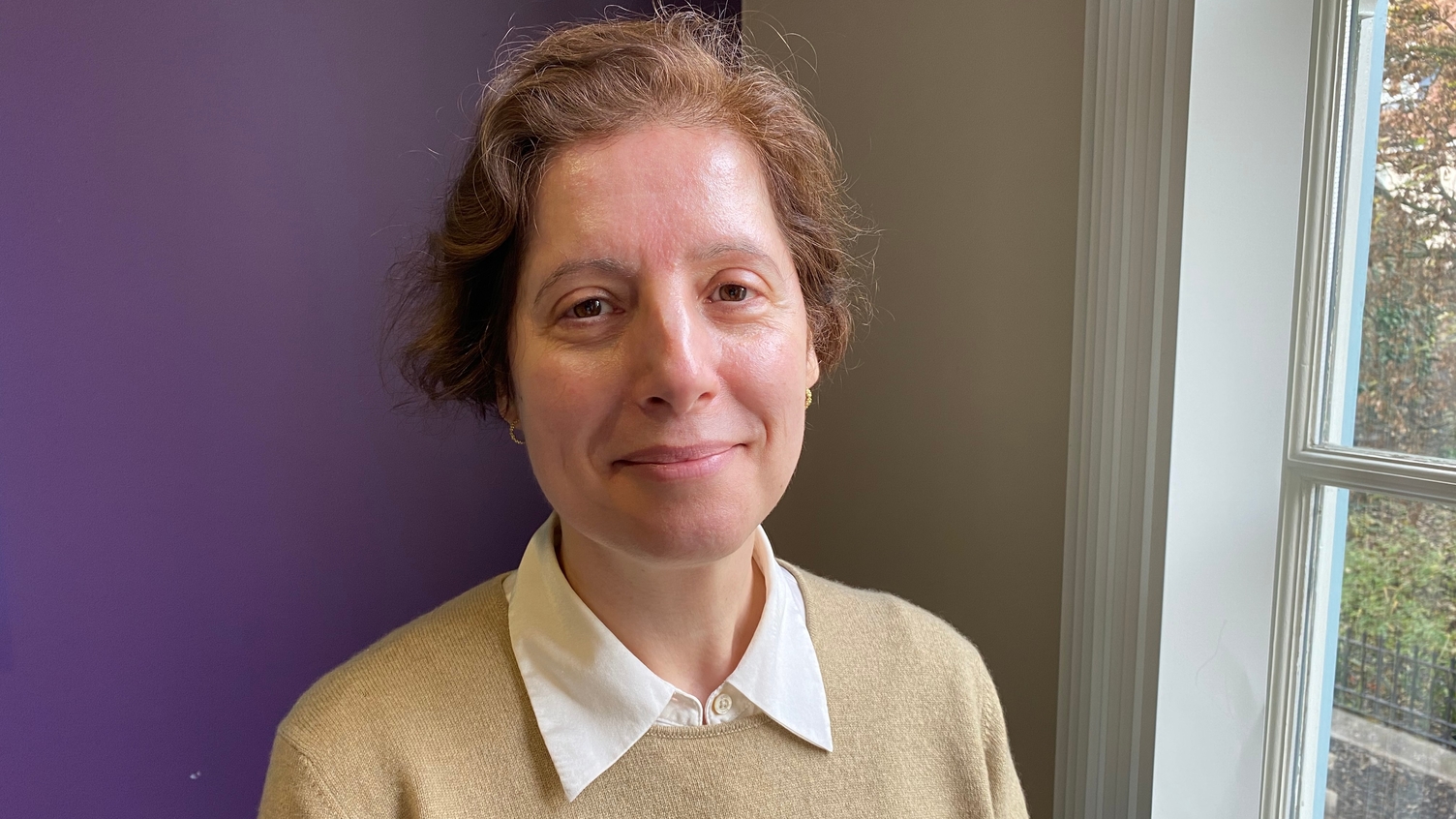Hidden lung damage from COVID-19 revealed in new study
- 3 December 2020
- 3 min read
Early findings from a study into longer-term damage in patients recovering from COVID-19 suggest that cutting-edge scanning techniques may detect previously unseen lung damage.
The research is the first in Europe to use hyperpolarised Xenon gas with MRI scanning to identify the impact on lung function as patients recover from COVID-19, when standard MR and CT scans may be normal.
In some people, the symptoms of COVID-19 can continue for many months after the infection, with many complaining of persistent breathlessness and fatigue. The virus may affect the function of the lung in ways that are not yet fully understood.
The research is being conducted by the universities of Oxford and Sheffield with support from the National Institute for Health Research (NIHR).
It is investigating possible reasons for patients remaining short of breath following treatment for COVID-19 pneumonia, even after discharge with an initial group of 40 patients in Oxford and Sheffield over the next six months.
So far, the hyperpolarised xenon MRI technique has identified weakened lung function in all patients who have taken part in the study. This damage to lungs from COVID-19 is not visible on a standard MRI or CT scan.
Professor Fergus Gleeson, the University of Oxford’s head of academic radiology, said: “We may be getting an insight into why some patients have symptoms long after they have left hospital, and when other tests are normal.
“This may help us identify patients that may potentially benefit from treatment even after discharge, for example with steroids or other therapies.”
Hyperpolarised xenon MRI is unique in its ability to measure gas transfer in the lungs with imaging and to identify where the damage caused by COVID-19 pneumonia has occurred.
The study follows up patients for six months after leaving hospital. Early data suggests that the ability to transfer oxygen from the lungs into the bloodstream when breathing is visibly impaired for some time, even after hospital discharge following COVID-19 pneumonia.
This reduction in the function of the lungs can be detected in this research study, and may be an explanation for some patients experiencing persistent symptoms, even with seemingly ‘normal’ results from standard GP and hospital tests.
The striking early results have resulted in discussions to expand the study to involve more patients in the community, to identify the overall prevalence of lung damage and the speed of recovery from this virus.
Prof Gleeson is now working with others providing follow-up services for patients post COVID-19 pneumonia to identify further patients feeling long-term ill health after COVID-19 who may wish to join the study.
The study is funded by the NCIMI (the National Consortium of Intelligent Medical Imaging) and the University of Oxford. It forms part of the university’s C-MORE (Capturing the MultiORgan Effects of COVID-19) study, and will be linked to the major national follow-up study PHOSP-COVID, led by the University of Leicester, which investigating the long-term effects of COVID-19 on hospitalised patients.
The C-MORE study previously reported a large proportion discharged from hospital were still experiencing symptoms of breathlessness, fatigue, anxiety and depression two to three months after contracting the virus.
The purpose of the C-MORE-POST study is to understand in greater detail the effects of COVID-19 on the lungs, in particular how long symptoms last and whether the cause of long lasting symptoms can be identified.
The team are collecting additional lung scans using CT scans which will be analysed in detail using computer software that can identify parts of the lung that may have been affected by the virus but which are not be visible using normal scan review techniques. They are then asking a smaller group of patients to consider having hyperpolarised Xenon MRI scans, which can observe gas crossing from one part of the lung to another.


